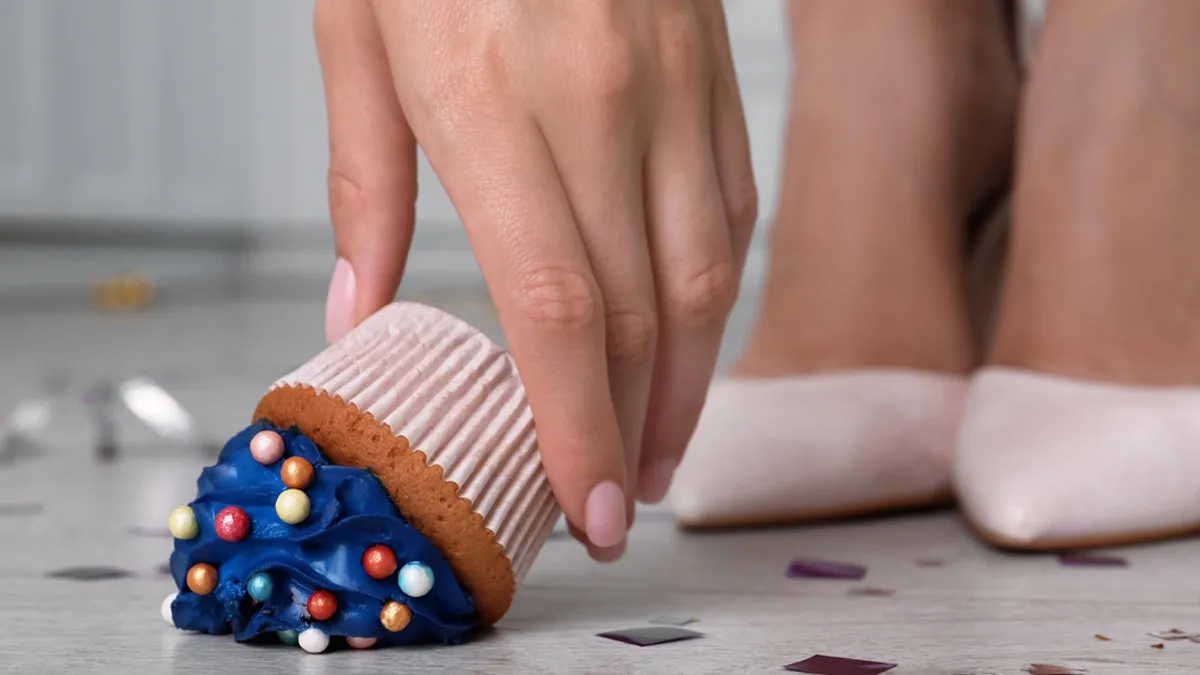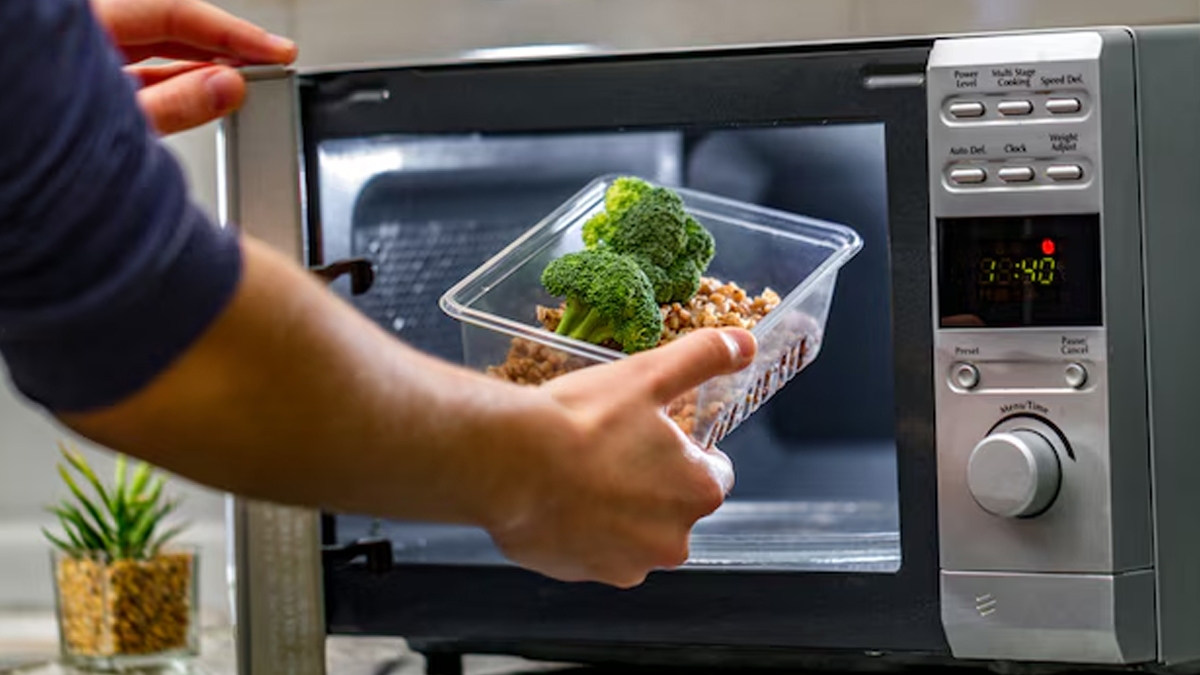
Have you ever dropped food on the floor and quickly picked it up, wondering if it's still okay to eat? The 'five-second rule' might come to mind, after all, if you pick it up quickly, how harmful could it be? While this popular belief is comforting, science suggests it's not quite simple. The truth is, whether dropped food is safe to consume depends on a few important factors, like the type of food, where it fell, and how long it was exposed. We spoke to Dr Archana Batra, Dietician and Certified Diabetes Educator, who explained the reality behind the five-second rule and whether it's safe to eat that food you’ve just dropped.
Table of Content:-
How Quickly Do Bacteria Transfer?
"Contrary to popular belief, the amount of time food spends on the floor doesn’t necessarily affect how much bacteria it picks up. According to science, bacteria on dropped food are transferred instantly but longer exposure increases the risk of contamination," said Dr Batra. Here are the various factors behind eating dropped food within five seconds:

- Food Type: Moist, sticky and porous foods are more likely to pick up bacteria as compared to dry and solid foods.
- Cleanliness: Floors cleaned regularly may have fewer bacteria, but this doesn’t guarantee that dropped food is safe to eat.
- Duration: Bacteria transferred to dropped food within a second pose a lower risk of contamination compared to food left on the floor for several minutes.
- Location: Food dropped in the kitchen, near the bathroom, or garbage is more likely to be contaminated than food dropped in a less-trafficked area of your home.
- Invisible Bacteria: The floor can harbour allergic bacteria from shoes and other dirty objects, which may not be visible to the naked eye.
According to a 2021 study, food contact surfaces can serve as a potential source of contamination, and high moisture levels along with organic matter can enhance bacterial survival on floor surfaces.
Also Read: Food Safety: Common Ways Your Food Can Get Contaminated
What to Do If You Drop Food
While the five-second rule may not be a reliable guideline, there are a few ways to reduce the risk of eating dropped food. Here are some of them, as listed by Dr Batra:

- Cook at high temperature: If the food you dropped is safe to cook, it’s best to heat it at a high temperature. Cooking food at high heat can kill most bacteria and reduce the risk of contamination. If you’re unsure whether the food is safe, cooking it thoroughly can make it safer for consumption.
- Check and Clean: For solid and dry foods, gently clean any visible dirt or debris from the food. While this can help remove some contaminants, it won't eliminate bacteria that may have been absorbed. Cleaning the food may reduce visible dirt, however, it does not guarantee that all harmful germs are gone.
- Clean the Floor: If you want to reduce the likelihood of contamination, it’s important to keep your floors clean. Regularly sweeping, mopping, and sanitising the floors can help minimise bacteria and other contaminants. Even so, it’s best to be cautious with dropped food.
Also Read: 5 Reasons Why You Must Sweep The Floor Daily
Bottomline
Dr Batra concluded, "The five-second rule is more of a myth than a scientifically valid guideline. The safety of dropped food depends on various factors, such as food type, floor cleanliness, how long the food has been on the ground, the location, and the invisible bacteria that might be present. Relying on the five-second rule every time could increase the risk of consuming harmful bacteria, which may lead to illness. It's important to prioritise hygiene and consider these factors before deciding whether to eat food that has fallen on the floor."
[Disclaimer: This article contains information provided by an expert and is for informational purposes only. Hence, we advise you to consult your professional if you are dealing with any health issues to avoid complications.]
Also watch this video
How we keep this article up to date:
We work with experts and keep a close eye on the latest in health and wellness. Whenever there is a new research or helpful information, we update our articles with accurate and useful advice.
Current Version
